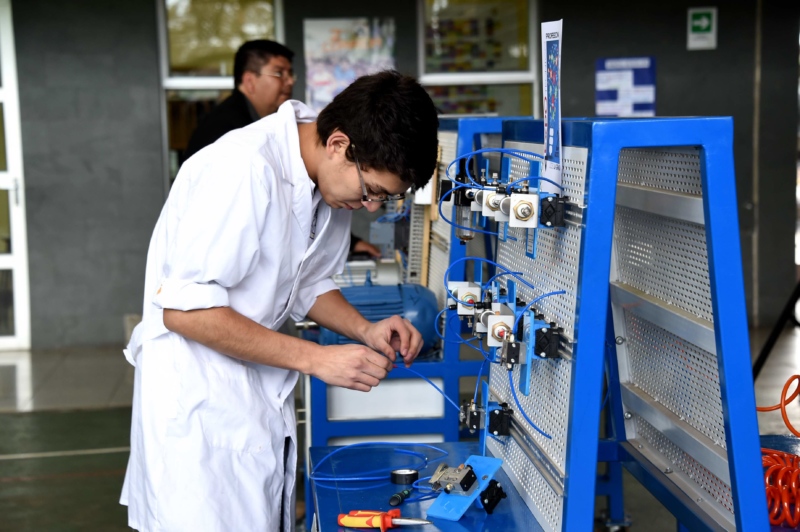
Latin America’s Productivity Challenge
There is a gap between the skills that the Latin American workforce offers and the skills that companies in the region demand.
This post is also available in: Español
Technical and vocational education (TVE) at the secondary level is defined by its orientation to the labor market, in contrast to general secondary education, whose academic training lays the foundation for higher education (Werner Eichhorst, 2015; W. Eichhorst, Rodriguez- Planas, Schmidl, & Zimmermann, 2015). Technical and vocational education trains young people to acquire the skills and knowledge to participate in the labor market, although the degree of specificity of secondary TVE skills depends on each particular system. In some cases, TVE skills are oriented to specific occupations (OECD, 2010) while in others students are provided with general knowledge to be able to work in several occupations (W. Eichhorst et al., 2015).
Most TVE programs are carried out during the school day, and both theoretical and practical training takes place in school (as in the case of Spain for example, see section II). Meanwhile, some secondary TVE systems incorporate practical training in the workplace in addition to the theoretical training provided by schools (as in Germany). These are known as dual systems, and they seek to promote the connection between the school system and the labor market.
Belén Cumsille is a Program Associate with the Inter-American Dialogue's Education Program.
There is a gap between the skills that the Latin American workforce offers and the skills that companies in the region demand.
Online competency-based education (OCBE) has emerged as a viable option to help reduce the skills gap in the Americas
Apprenticeships are part of technical and vocational education (TVE) and combine formal education with learning in the workplace.
 Mineduc Chile / BY-NC-ND 2.0
Mineduc Chile / BY-NC-ND 2.0

